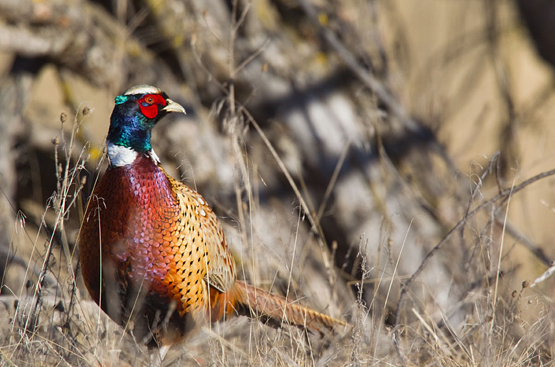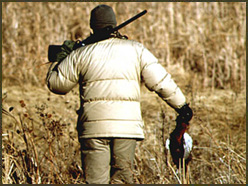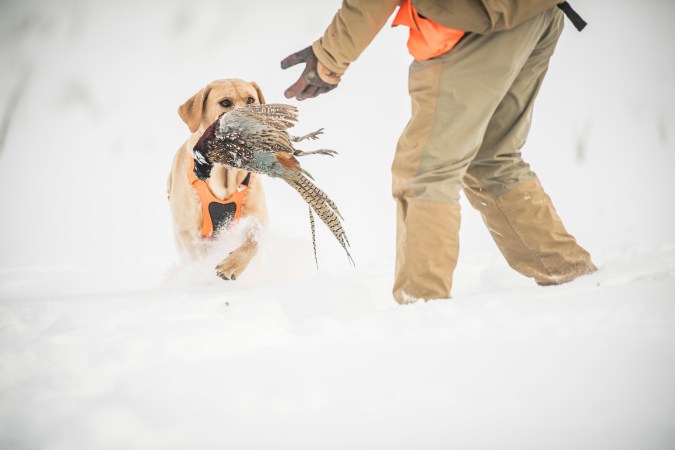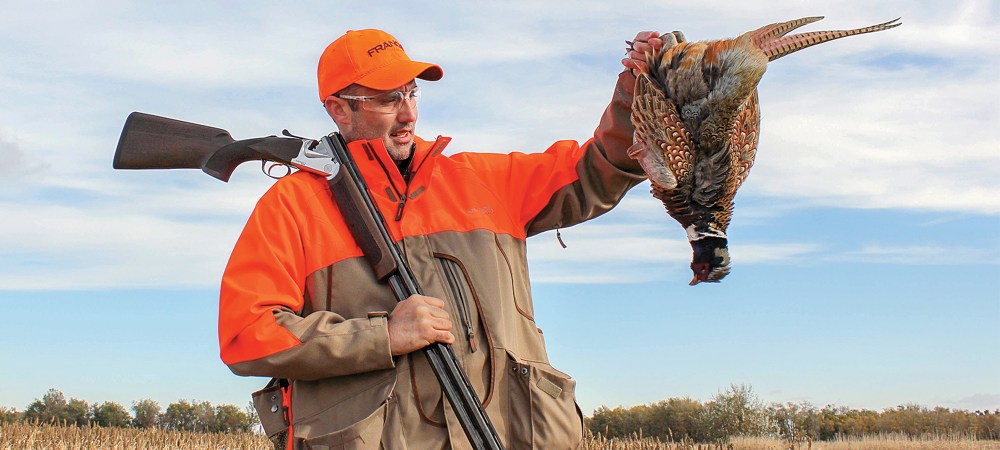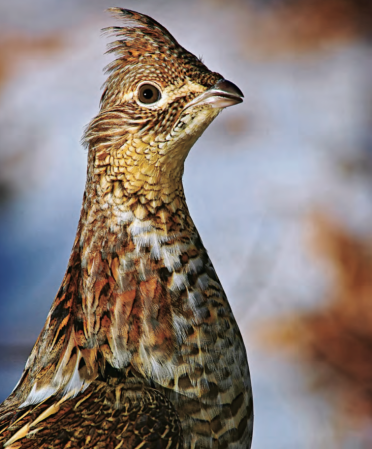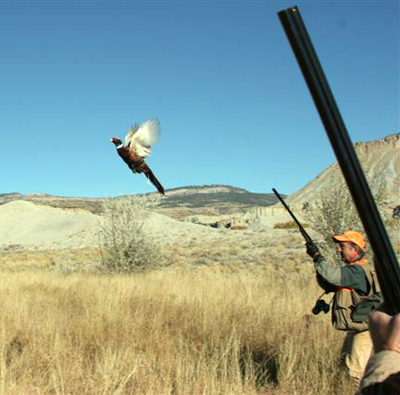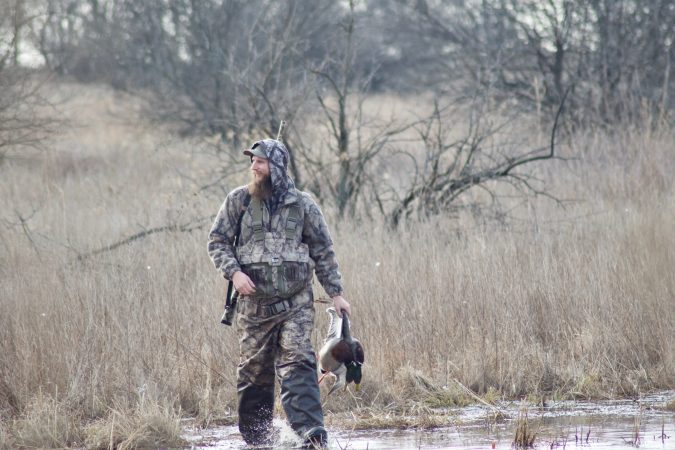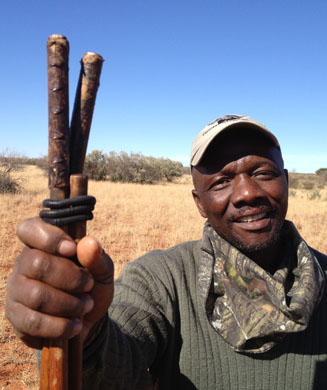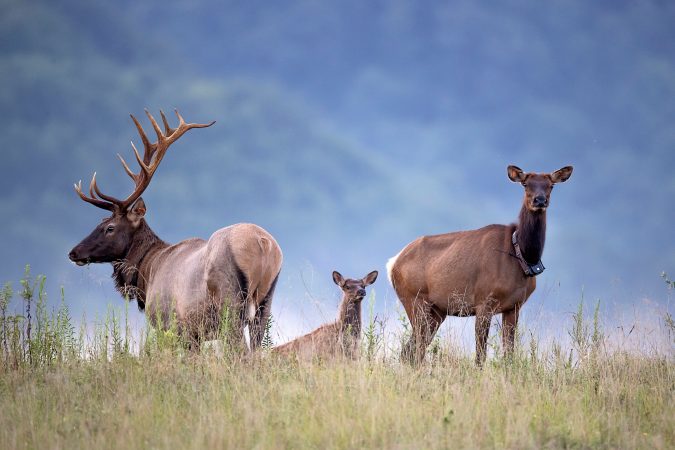It took us about an hour, but we were finally on one. My black Lab Otis was charging hard from my right, head down low, ears perked forward. I was running (yes, running) forward to cut off what I imagined to be a rooster darting through the grass in front of her. I guessed right and a young rooster exploded from the cover before me. He went down in a puff of feathers with Otis on him an instant after he hit the ground.
She retrieved the short-tailed rooster and then we sat down in the prairie grass for a breather. One down, two to go, I thought.
This was opening day of South Dakota’s non-resident pheasant season and I was hunting in an unconventional way for the occasion: I was targeting public walk-in areas and state game lands all by myself (well, myself and Otis). The South Dakota pheasant opener has a reputation for being more of a social event. Think big groups traveling from all over the country to marquee pheasant destinations like Aberdeen, Mitchell, and Watertown; armies of orange marching across fields and then flooding diners, bars, and hotels; but still there’s a seemingly endless supply of birds, lands, and then, afterwards, cocktails for all.
But for the last decade or so, pheasant hunting in South Dakota hasn’t fully lived up to that reputation. Based on local media reports, anecdotes, and what I’ve seen in the field, South Dakota pheasant hunting is having a bit of a culture change—and that’s not all bad.
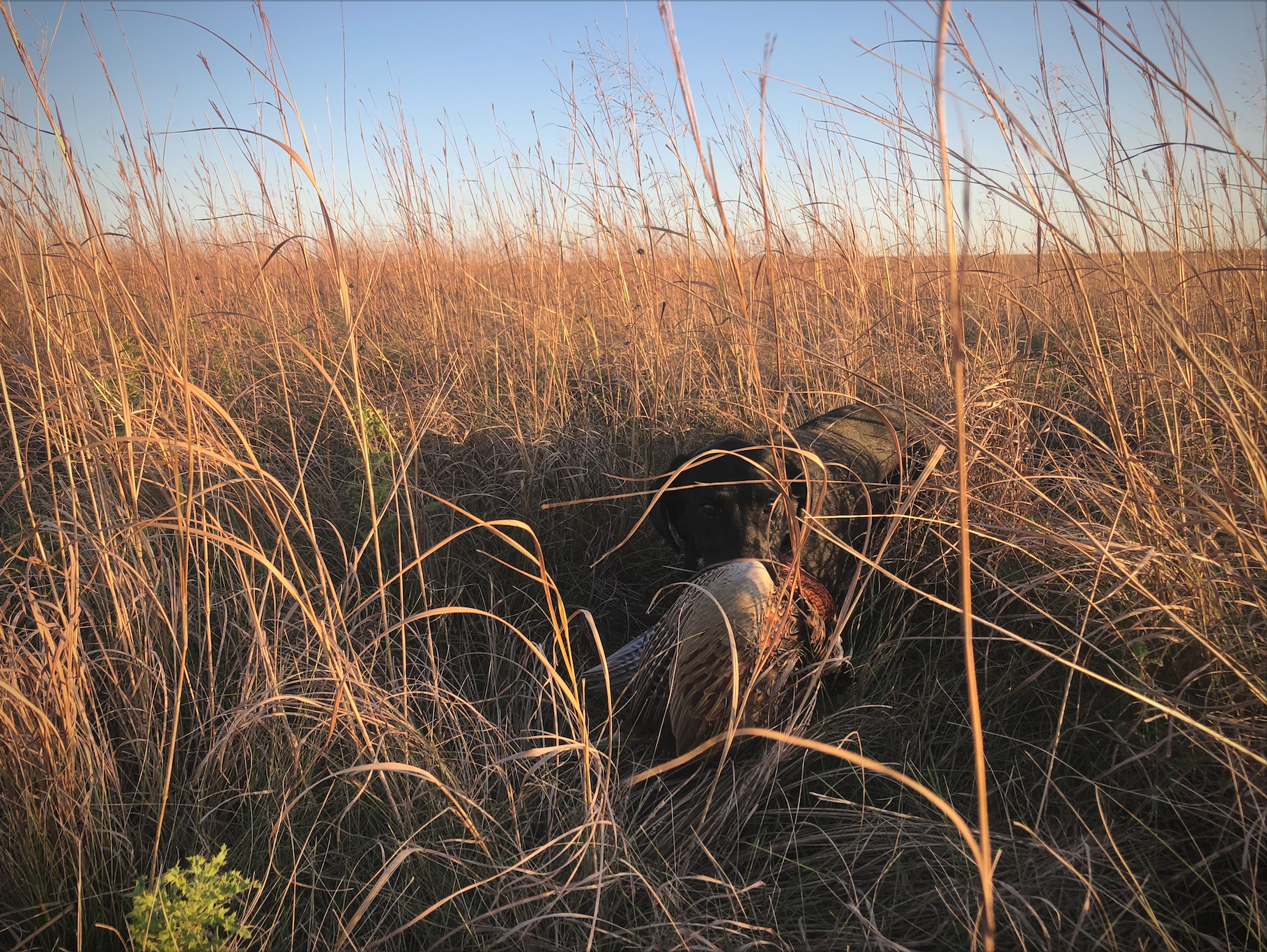
A Decade of Declining Pheasant Hunters
The 2007 season was a high mark for pheasant hunting in South Dakota, according to a report by the Argus Leader. That year, about 2.1 million pheasants were harvested and about 180,000 resident and non-resident hunting licenses were sold. Last year, about 1.1 million pheasants were killed (though folks in the know say that figure includes stocked birds from pay-to-hunt operations) and 121,000 licenses were sold. Those two data points alone look like a massive crash, but in reality, the 2020 season was a bit of an uptick compared to the 2019 season. Still, there are fewer hunters and fewer pheasants being killed today than over a decade ago.
Look a little closer at those statistics and you’ll see that the number of pheasants killed per licenses sold is sliding too (roughly 11.6 roosters per license in 2007 versus 9.1 roosters per license in 2020).
However, it’d be a massive exaggeration to suggest that pheasant hunting in South Dakota has fallen off (read the 2021 pheasant forecast here). Pheasant hunters still kill far more roosters in South Dakota than anywhere else. For example, there’s a recent story by Keloland.com that suggests many traveling pheasant hunters might be short stopping South Dakota for Iowa.
“It seems like the folks east of us don’t want to drive all the way out to the Dakotas (when) they can get good pheasant hunting in Iowa. We seem to catch a lot of those people,” Todd Bogenschutz, an upland wildlife biologist for the Iowa Department of Natural Resources told Keloland. Iowa is certainly on a pheasant hunting comeback, but it’s still well behind South Dakota. Iowa hunters bagged 320,000 roosters during the 2020 season.
So rather than predict a doomsday scenario for South Dakota, it’s more useful to consider how hunting has changed, and to recognize the opportunity that’s still there.
The Drought
Much of the northern Plains saw a record drought this spring and summer. In general, that meant less cover in much of pheasant country. But it also forced emergency haying and grazing actions on Conservation Reserve Program habitat in the majority of counties (92 percent by late June) in South Dakota. That meant farmers could allow their cattle to graze in lands that are usually reserved for CRP. They could also cut the fields for hay. This includes public hunting walk-in areas. (It’s important to note that haying or grazing needs to be approved by a USDA office).
Short term, that means less cover, fewer quality places that are publicly accessible, and birds in more concentrated areas. But long term, this isn’t necessarily a bad thing for pheasant habitat, as long as brutal drought conditions don’t continue.
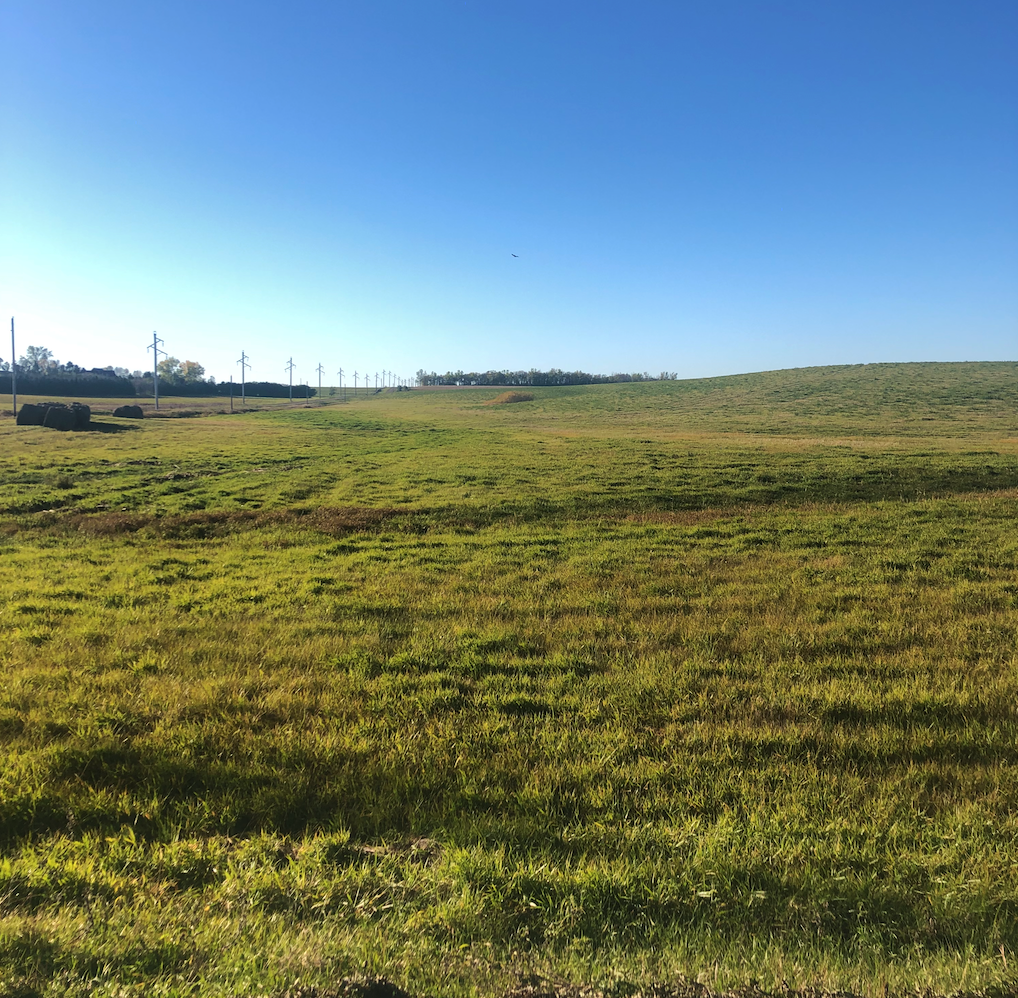
“Native grassland ecosystems are adapted to respond to disturbances such as fire and herbivory (grazing),” says Chris McLeland Vice President of Conservation Delivery for Pheasants Forever. “Without question, grazing on native grasslands can be one of the most beneficial management practices (especially when paired with prescribed fire) that can occur. Fire and grazing help to improve the diversity of species within the grasslands, helps to improve the grassland composition and structure, is attractive to insects, and helps to ensure there is bare ground available for chicks to navigate through. Unmanaged native grasslands can become less diverse and of lower quality over time and deploying these two management practices will quickly improve these habitats, when deployed correctly. Being careful to not apply too much grazing pressure for an extended period is very important to the overall response, as these acres will need time to rest and respond. With regards to mowing/haying, it all comes down to grassland response. These habitats are not adapted to respond to mower blade the same way they are adapted to respond to grazing, and the result tends to be lower habitat quality with less diversity. The biggest difference and challenge from a grassland bird standpoint however is the uniform structure that you see with mowing/haying as opposed to grazing. Leaving areas of significant refuge can easily make up for this challenge. With all, the fact that CRP can be a safety net for producers to lean on when times are tough continues to show how important this program has been for wildlife and producers alike. Emergency haying and grazing provisions have been called upon multiple times over the past decade, and these acres continue to answer the call.”
Habitat, Pressure, and Outfitters
With any extreme conditions, whether that be drought or a brutal winter, quality habitat (and a whole helluva lot of it) is the answer to pheasant survival. In this regard, there’s good news on the horizon. South Dakota has 1.1 million acres enrolled in CRP and PF’s goal is to get 1.5 million acres enrolled. Matt Morlock, PF’s South Dakota Coordinator says CRP numbers have been trending up over the last few years.
“The current administration has redone the payment structures on the program, which makes the program pay quite a bit better,” Morlock told KeloLand.com. “With higher commodity prices, there’s also a lot higher CRP payments right now.”
On top of this, PF has launched an ambitious Call of the Uplands campaign with the goal of raising $500 million in order to enhance more than 9 million acres of upland habitat across the country, and permanently protect 75,000 acres of land forever.

“Efforts like Call of the Uplands are focused on restoring and enhancing grassland habitats to ensure that these landscapes are as resilient as possible, and better able to withstand extreme weather conditions such as drought,” McLeland said. “If the habitat quality of our grasslands is at a high level, the opportunity to for wildlife species such as pheasants and quail to navigate weather events such as last year’s drought is also much higher.”
Hunting pressure is another issue that quality habitat solves. With more huntable habitat, the landscape can hold more hunters. Over the last few years, hunting pressure hasn’t been a problem on the public areas I’ve hunted in South Dakota. Don’t get me wrong, on opening day I saw at least a dozen groups of other hunters hitting walk-in areas and state game lands just like me. But there was so much ground out there I never had a problem bumping into people. I never hunted from the same parking lot as another group and never even hunted the same parcel (at the same time) as another hunter. Even on opening day I was able to find fresh fields and solitude.
I think part of the reason for this is that many hunters are gravitating to a pay-to-hunt model. There are more outfits, both giant and small-time, offering hunts on privately managed lands. These places often operate with a combination of wild and planted birds. As the overall pheasant numbers in South Dakota have declined, the hunting on managed private ground is usually easier than on public land and the flushes come easier too. I’m good with this. As long as state and federal agencies (along with non-profit organizations) still focus on maintaining public access and habitat, I see this as a win for all. Public lands and wild birds can sustain only a limited amount of those big groups of pheasant hunters. It makes sense that private operations cater to those traveling crews.
But for my part, I’ll take wild birds on , public lands, and more walking any day.
Hunting Hard
Plenty of folks still call pheasants “ditch chickens.” In South Dakota you can legally hunt ditches (but there are a whole bunch of rules around this). During the boom years, I’d hear stories about hunters simply driving around and shooting their limit of three roosters next the road. I’m not offended by this style of hunting, but I’m also not disappointed that this tactic is much more difficult to pull off today. There simply aren’t as many easy birds.
If you want to be successful in South Dakota today, you’re going to have to be willing to walk. You’ll need to scout for the best public lands (using digital maps and by driving around and checking places out). Your dog will have to be tuned in to tracking down crafty roosters. You will have to shoot well. In other words, you’re going to have to hunt hard.
And so be it. The challenge is the fun part. Every wild bird that’s bagged should be considered a trophy.
After killing that first opening day rooster, Otis and I hunted through the middle of the day and flushed only a few hens. That afternoon, during the hottest part of the day, I drove around looking for the tallest, thickest field of bluestem I could find near a corn field. With only two hours left to hunt, I found what I was looking for. Otis got birdy right away and flushed a rooster (this time a long-tailed cackler) at close range along the edge of a cattail slough. Two down, one to go.
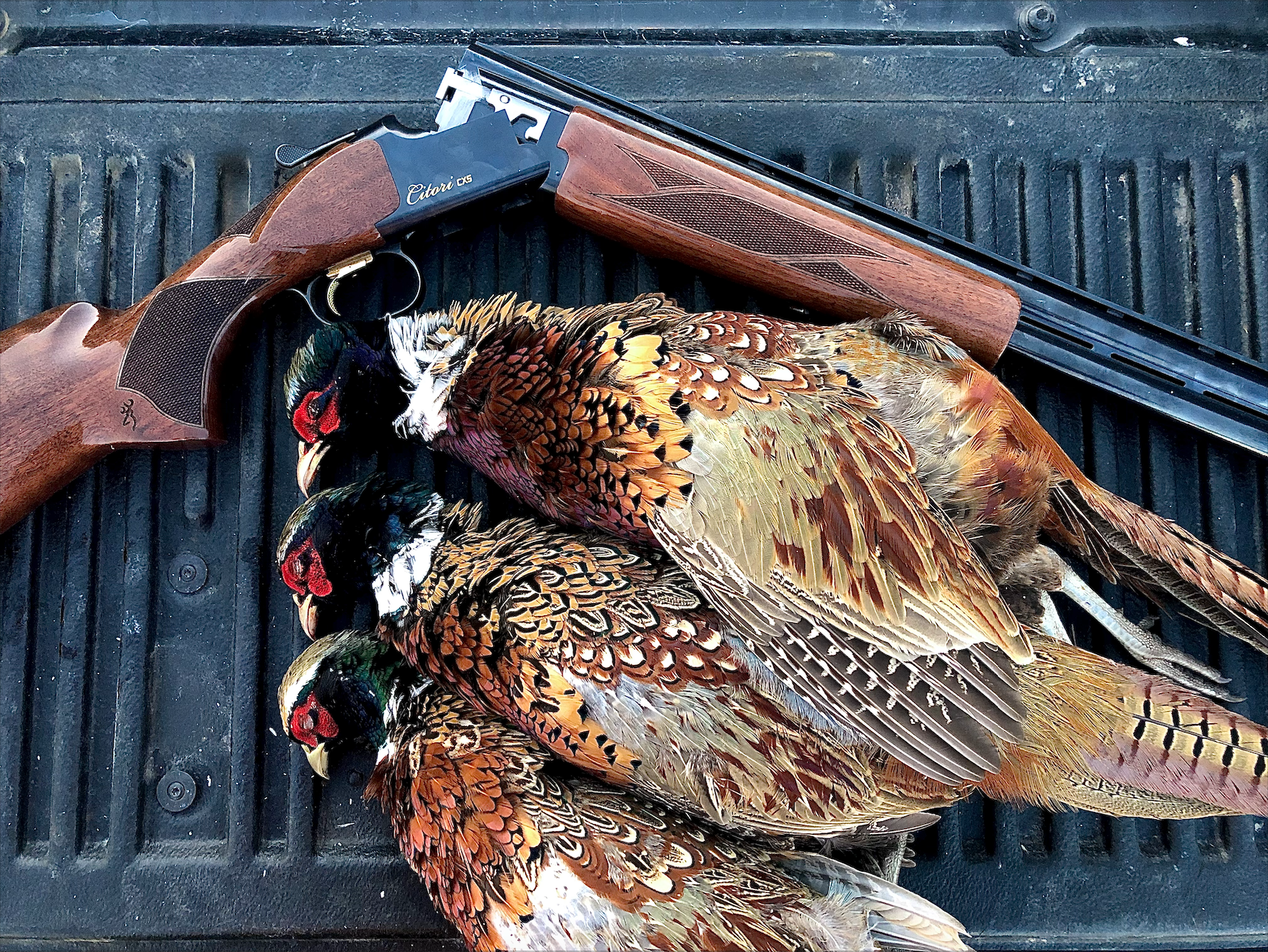
As we looped back toward the truck, our third rooster of the day flushed between us. I was so caught off guard that I almost forgot to mount the gun—almost. I tagged the rooster just hard enough to knock him from the sky. Otis caught him as he hit the ground running.
I unloaded the gun and we walked back to the truck as the sun was setting. I was already planning how to hunt the field again in the morning.




